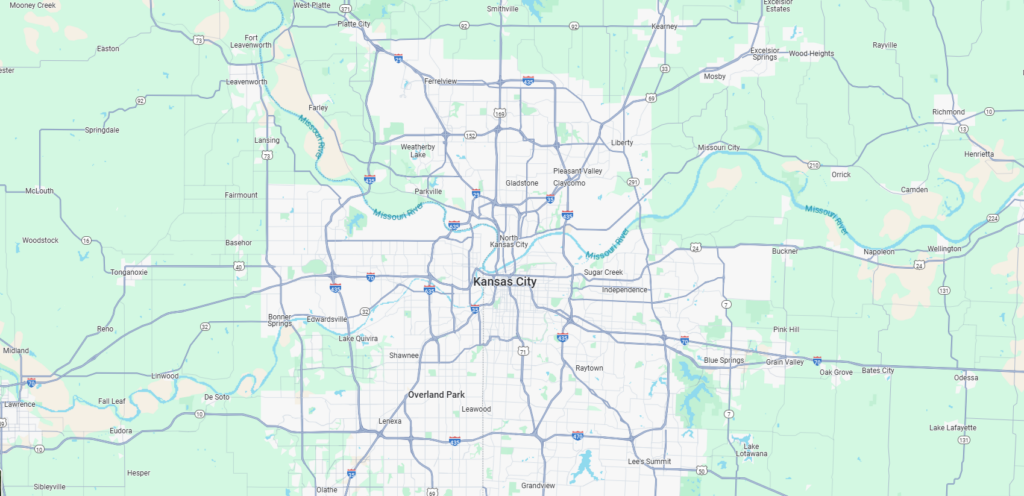
Utilising better, cheaper and faster measurements.
Learn more about the ARRB Systems solutions utilised in this case study:

The Kansas Department of Transportation (KDOT) is responsible for over 10,000 miles of highways, used to move people and goods across the State. They oversee the construction, operation and maintenance of the network, including bridges and other transportation infrastructure.

KDOT has collected pavement structural data utilising traditional methods for decades, to support pavement decisions and design. This has proven to be a costly endeavour and poses safety concerns. As the technology requires frequent stopping in traffic lanes to undertake the measurements, there were concerns about the ability to safely collect data, along with managing traffic control and difficulty in ensuring the necessary human resources to staff the crews.

In 2018, KDOT joined the Transportation Pooled Fund Study and subsequently have had iPAVe data collected almost every year since. To date, over 1950 miles have been collected across Kansas. In addition to the iPAVe being able to resolve their safety concerns due to the system collecting data at traffic speeds, KDOT have also recognised other benefits such as more consistent, finer resolution data, the ability to see both surface and deflection data simultaneously and a robust viewing tool in Hawkeye Insight, to tie it all together.
iPAVe data has provided KDOT with some unexpected results, including being able to identify sections of the pavement where sub-layers had de-bonded. As the iPAVe utilises a moving load measurement, data collected gives a picture of the integrity of the bonds between layers in the pavement, which is not obvious when using a vertical load collection method. Additionally, KDOT have been able to identify locations with particular deflection characteristics, as areas with potential sinkholes developing.
The bottom line is the iPAVe offers the trifecta of better (safer), cheaper and faster in terms of providing KDOT with data that helps to better manage their pavements.